POKÉMON GO Review
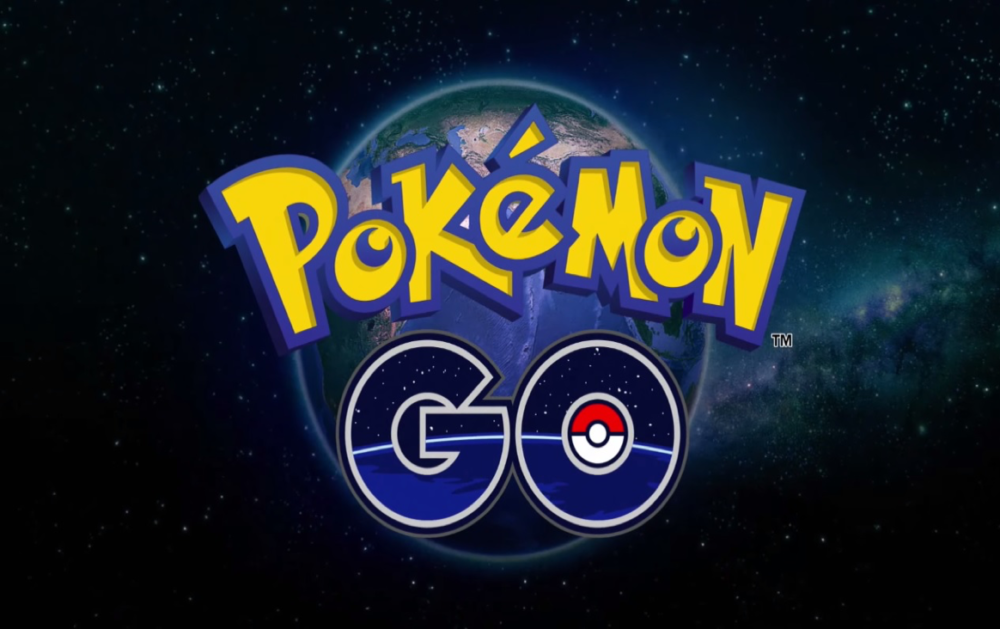
By now, either you or most of your friends are buried headfirst into the all-encompassing maw of POKÉMON GO, Niantic Labs’ latest GPS-driven, “real world” game. Unlike Niantic’s previous release, INGRESS, POKÉMON GO was developed with Nintendo and makes more use of Augmented Reality to bring Pokémon and trespassing charges to the real world. Fans have followed this game closely ever since the trailer was dropped, despite Nintendo’s tight grip on any important details regarding the game. So for a game that has been so anticipated and so massively consumed, how does it stack up?
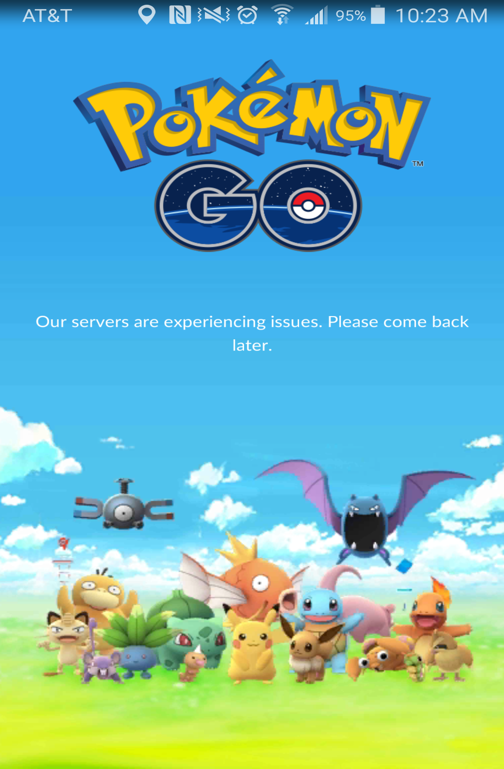
Well…
Pokémon, similar to the original games, are stumbled upon as if every place is covered in tall grass. Once you see one, GO takes you into an Augmented Reality segment via your phone’s camera. They’re caught by flicking Pokéballs at them according to a rather finicky and somewhat cryptic system; a circle will appear around each one you encounter, and just before you fling the Pokéball a smaller circle will appear within the larger one, slowly shrinking around it. I think the deal is to throw the ball once the smaller circle is at the halfway point, but no one is sure yet, and the game sure doesn’t tell you. It’s also important to hit the ‘mon with the ball, which can be damned aggravating.
https://www.youtube.com/watch?v=tCUrFkni81I
After 15 years, I truly understand the aggravation in this scene
While the idea of the game is To Be the Best, you’re still technically working for Professor Willow (does that make you a contractor? You should probably get some 1099 forms), so you can send Pokémon you catch back to him for “research” or whatever. This gives you more items you can use to beef up and eventually evolve the Pokémon you’ve caught.
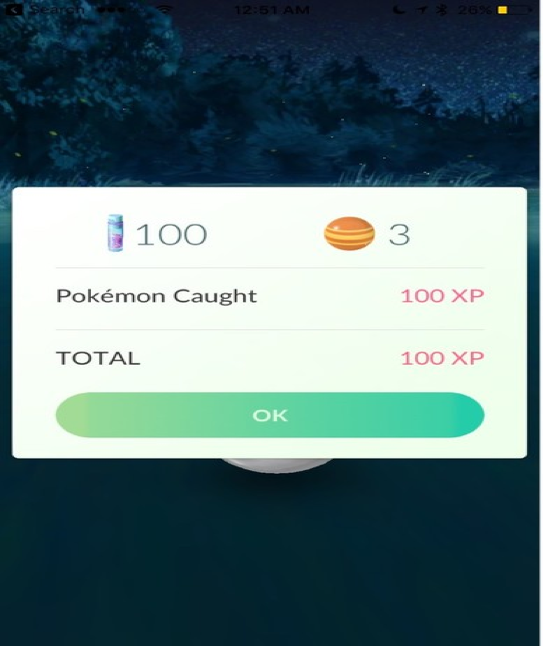
The two items Pokémon need in order to get stronger are Stardust and Candy
What’s nonetheless interesting about the catching and transfer mechanics is that players will get out of the game what they physically put into it. For instance, someone that regularly goes on long runs for exercise and happens to be playing the game will get much stronger Pokémon much faster than someone who only pulls it out when they absolutely have to leave the house. It’s the same as any other game except players have to put in physical effort, which is a rather transparent aim of Nintendo to get their fan base exercising. Transparent, but way more effective than WII FIT.
You’ll want to do that because the stronger your Pokémon are the easier it’ll be to take and hold Gyms. The Gyms in POKÉMON GO are real-world locations (similar to Pokéstops that will give you items and such) that your team can “control,” your team being chosen upon achieving level five. Consider it a Poke Mitzvah. Once you’ve picked your team you can start getting into gyms. At a gym controlled by your team, you can either add your Pokémon to the roster, making it harder for others to control or train your own Pokémon against your teammates’, raising its prestige and making you stronger. Or you can find an opposing team’s gym and let ‘em have it, which leads me to POKÉMON GO’s battle system.
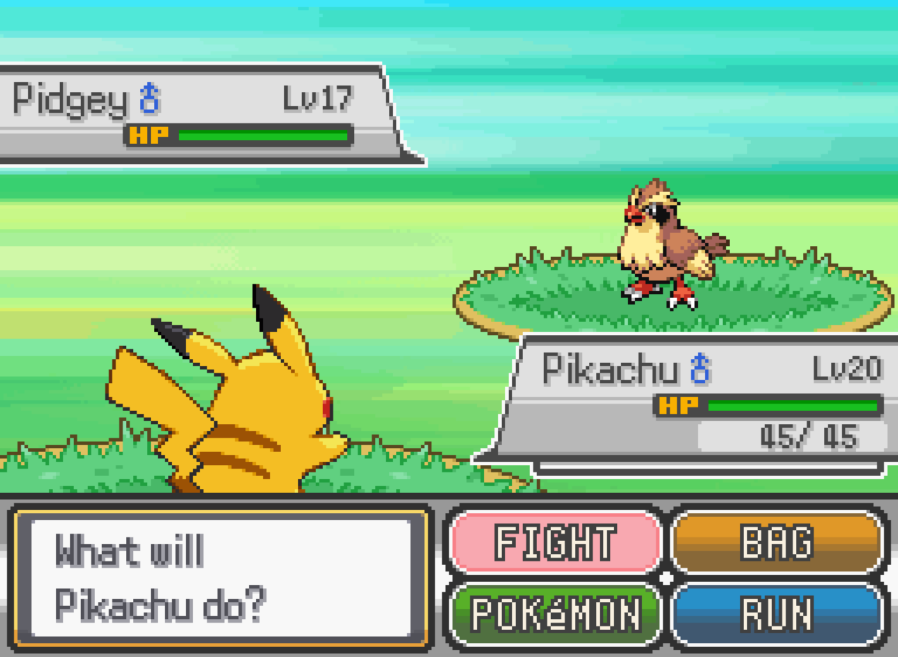
Not even close, champ
Most battles are 1v1, but certain encounters make use of an entire team. Instead of the traditional turn-based battle system, battles are fought by whomever can tap the fastest. Tapping uses a Pokémon’s main attack and builds up a special attack bar that can be used to finish the job by tapping and holding. However the game is not without strategy; players can swipe left and right in order to dodge attacks, a system that’s honestly pretty dodgy itself in execution. It’s often unclear what constitutes a successful dodge and what doesn’t, similar to what constitutes a good catch and what doesn’t.
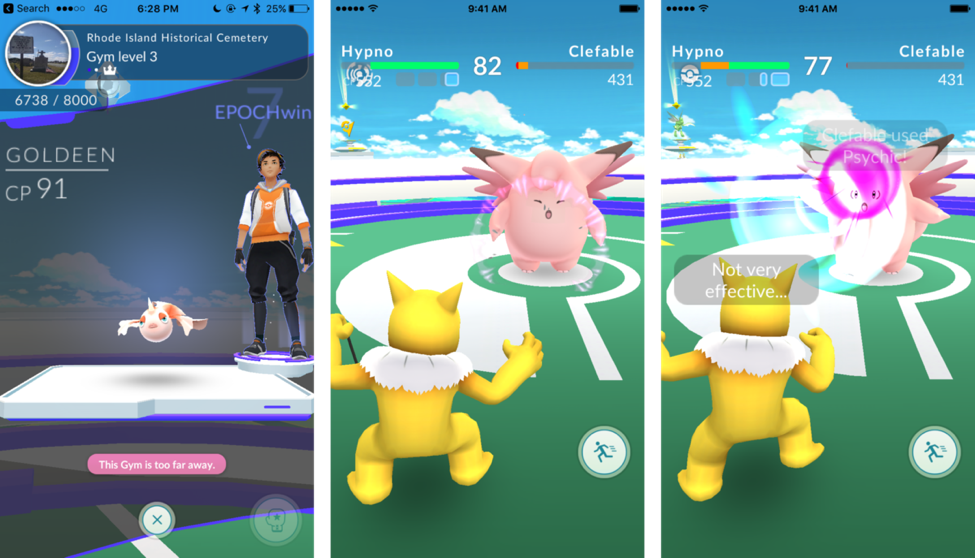
Also, does anyone else remember what types are strong against which? Cause I don’t
Many aspects of POKÉMON GO are like that, however; by now you’ve probably seen or heard of all the jabs regarding the eternally-defunct game servers, which aren’t quite exaggerations. While the game looks nice and much can be said for its ability to bring people together (or bring people to awkward acknowledgement of each other), it doesn’t feel finished. Nintendo and Niantic have undoubtedly worked this game over quite a bit, but it doesn’t feel as though they were quite prepared to release the games, or at the very least underestimated just how interested the public would be in the game. There’s also a habit of crashing mid-catch or mid-battle, and just outright freezing. Also, the game eats up battery like no one’s business, and data as well.
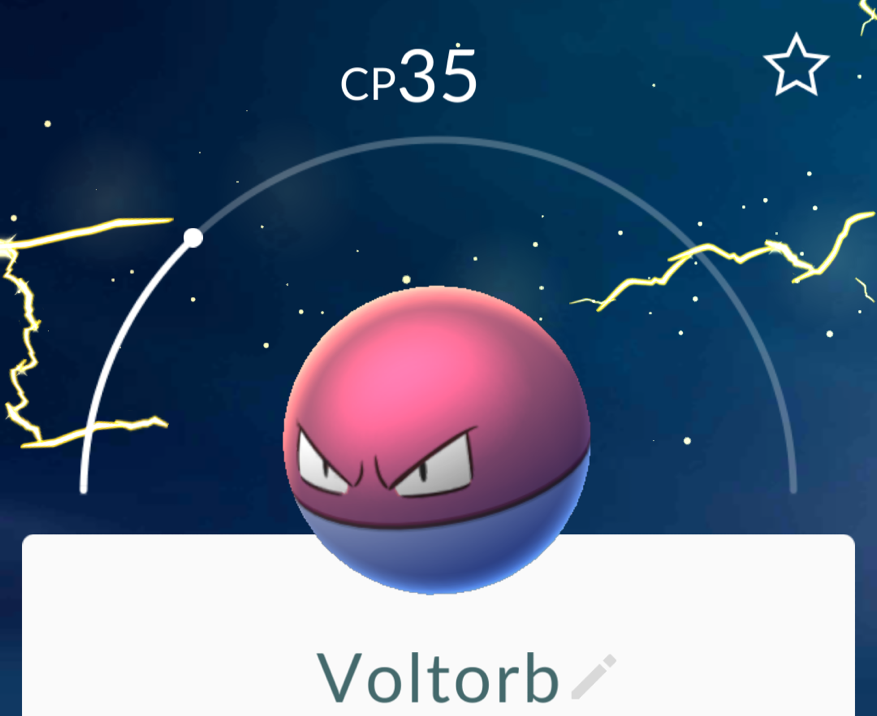
This guy doesn’t help
I’m personally addicted to the game, but while that is an important facet for an app, that’s not necessarily what seals the deal. “When it works it’s fun” is not a sterling recommendation for a game, but it’s a very accurate one for POKÉMON GO. While I’d like to advise waiting a little bit for the developers to grow accustomed to demand and patch a few things, it’s probably worth dealing with it to get to the heart of the experience of the game, which is meeting people and going outside. That’s very transparently the idea of the game; getting out and walking around longer and often gets you stronger faster, and there’s undoubtedly a social aspect where other people are doing it too. There’s still a lot of bugs to iron out and things to fix, but if you can get past them and deal with them, you can have a damn good time fulfilling your childhood fantasies to be a Pokémon Master and meeting other people who are doing the same thing.
Verdict: Recommend
Reviewed on mobile

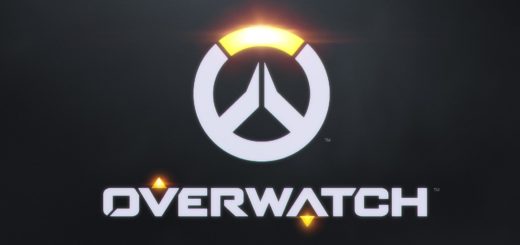
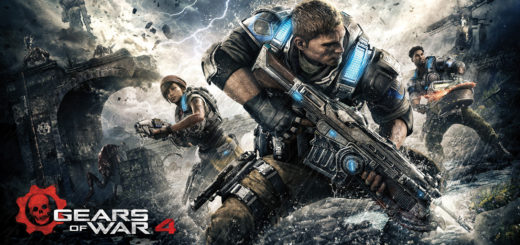
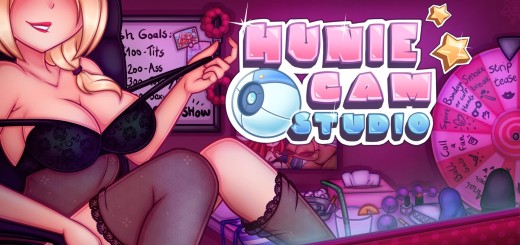
2 Responses
[…] look at today. Ever since the flash in the pan that was Pokémon GO, the IP has exploded back into the fray, rising from the doldrums of the early aughts and breaking […]
[…] Reviewers at the time would laud POKÉMON: RED and BLUE for their tight RPG elements that would blend Final Fantasy with the collective allure of Magic: The Gathering, and that its replayability derives from the almost endless amount of ways to proceed through the game, ways that would give rise to things like the Nuzlocke Challenge and Twitch Plays Pokémon. They’d also mention the fact that because none of the cartridges contains an entire PokéDex worth of Pokémon, the only way to get all 150 and indeed “Catch ‘Em All” was to play and trade with your friends. If we’re being real this was pretty much the only use of the Game Link Cable that really mattered. Lest we also forget the handheld gaming systems of yore were the first example of mobile gaming, so that players could gather en masse to trade and battle their opponents wherever they may be. In retrospect, this gathering together of players was a pleasant foreshadowing to what Nintendo would try to accomplish much later with the advent of POKÉMON GO. […]